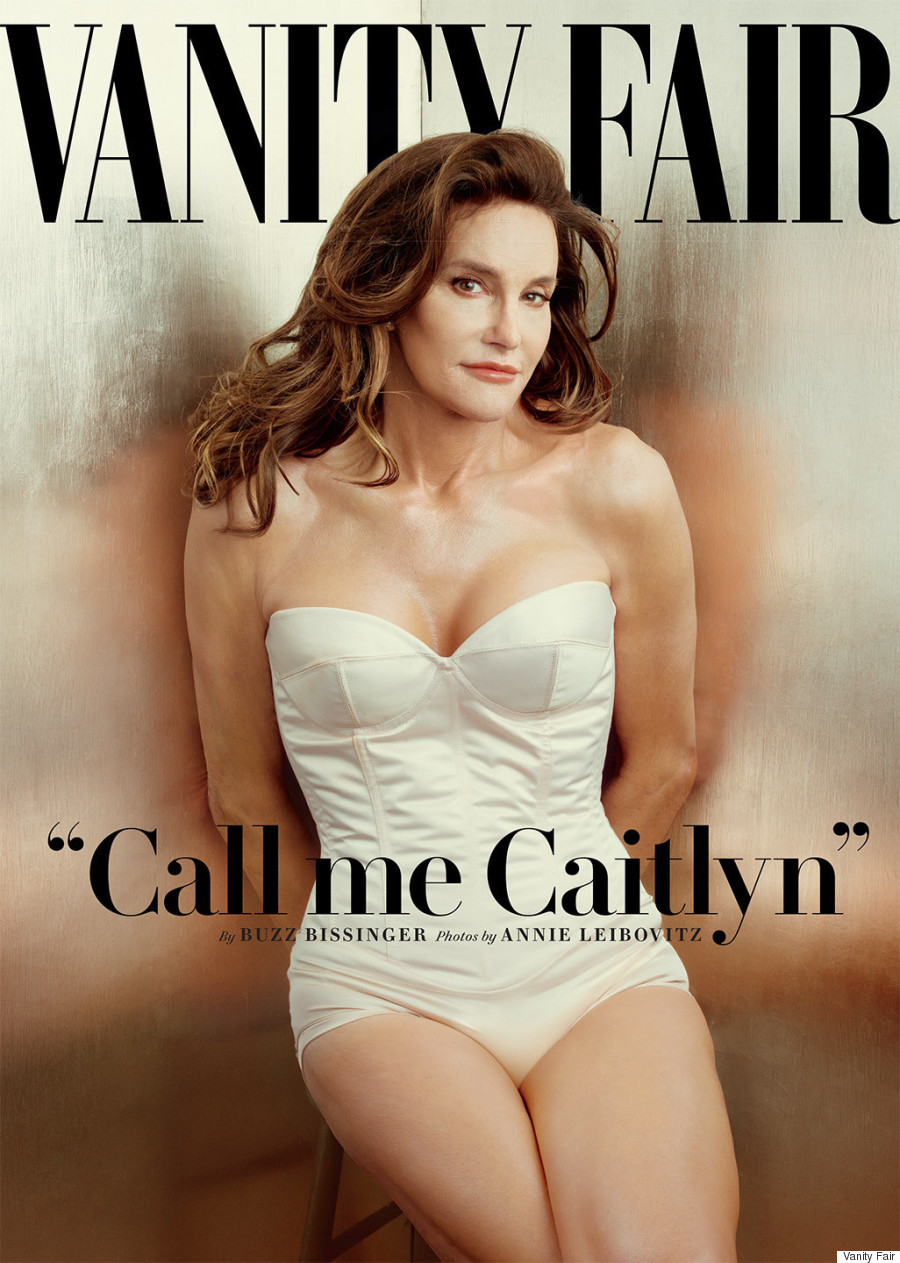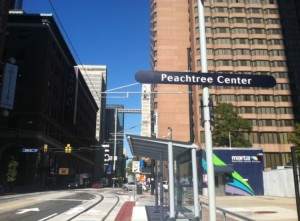Throughout this semester, I have felt varying emotions about this class. Initially, I felt overwhelmed by the level of independence required and the numerous websites that we had to learn to use. As the semester progressed, I grew more comfortable with it all. At this point, I feel like I understand more about how the websites work, how I will be graded, and how to do well on the assignments. Although establishing that comfort was not easy though and it required patience and an interest in learning, I do feel like I have developed.
My understanding of the composition progress has evolved in a different way then it has in the past. With this course being a hybrid class, I learned to write and do research a little bit differently. It was largely independent. In my previous English classes, we could conduct research in the library together or have articles given to us that we would need to pull information useful of our topic out of. In this class, we had to go search for it on our own, which I had done before too, but with such a large school library, it was a tab bit intimidating. After having done the first reading summaries, annotated bibliography entries, and built environment description, I have learned more about how to use a rubric to guide my work. I have also learned how to gather my own primary research and how to use my research and secondary research to establish a point. One thing that I enjoy about the blogs is how free they are; I can post pictures, reflections, summaries, and customize it. This course really integrates multimodality and has heightened my interest in writing.
As with any thing, there are strengths and weaknesses to my work thus far. One of my strengths has been turning things in on time, which I was a little bit concerned about initially because we do all of that online instead of in class. Another strength includes participating in extra credit work. I have done a study session with Samantha, visited office hours, had a group session with you, done the d2l quizzes, and used my papers as examples in class for workshop. That is probably my best strength. Of those things, I feel as though the office hour visit were the most helpful to me because they provided me with an opportunity to ask one on one questions relating to my work. My major weaknesses, however, is time management. With two jobs, four other classes, a boyfriend, and family obligations, sometimes I can’t start the assignments as early as I would like to. That makes me feel stressed and probably affects the quality of my work. Despite my weakness, I am still confident in the effort that I have put in thus far, however, I would still like to improve.
I plan to apply the information, approvals, and constructive criticisms that I have received up until now to my future projects and work. For example, I struggled with maintaining present tense in the reading summaries and now I understand how to do it properly. I also plan to finish my writings before class time so that they can be reviewed in workshop more often. Although I do the d2l quizzes and 2.0 exercises, I have trouble applying that information to the work we do, so I would like to get better at applying that information. All in all, I feel as though the semester is off to a great start. I still have plenty to learn, but I believe that if I am patient and focused then I am capable of taking it all in!






